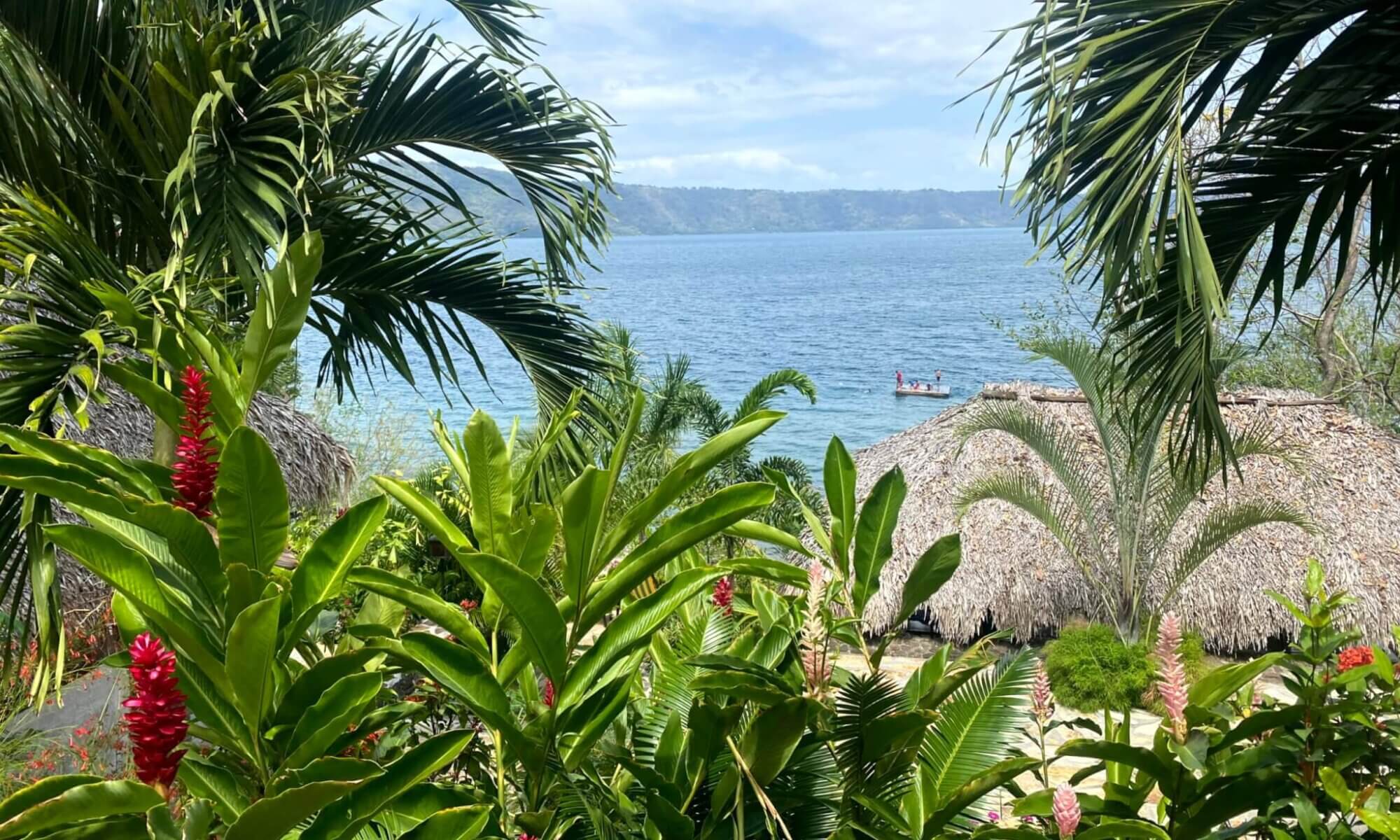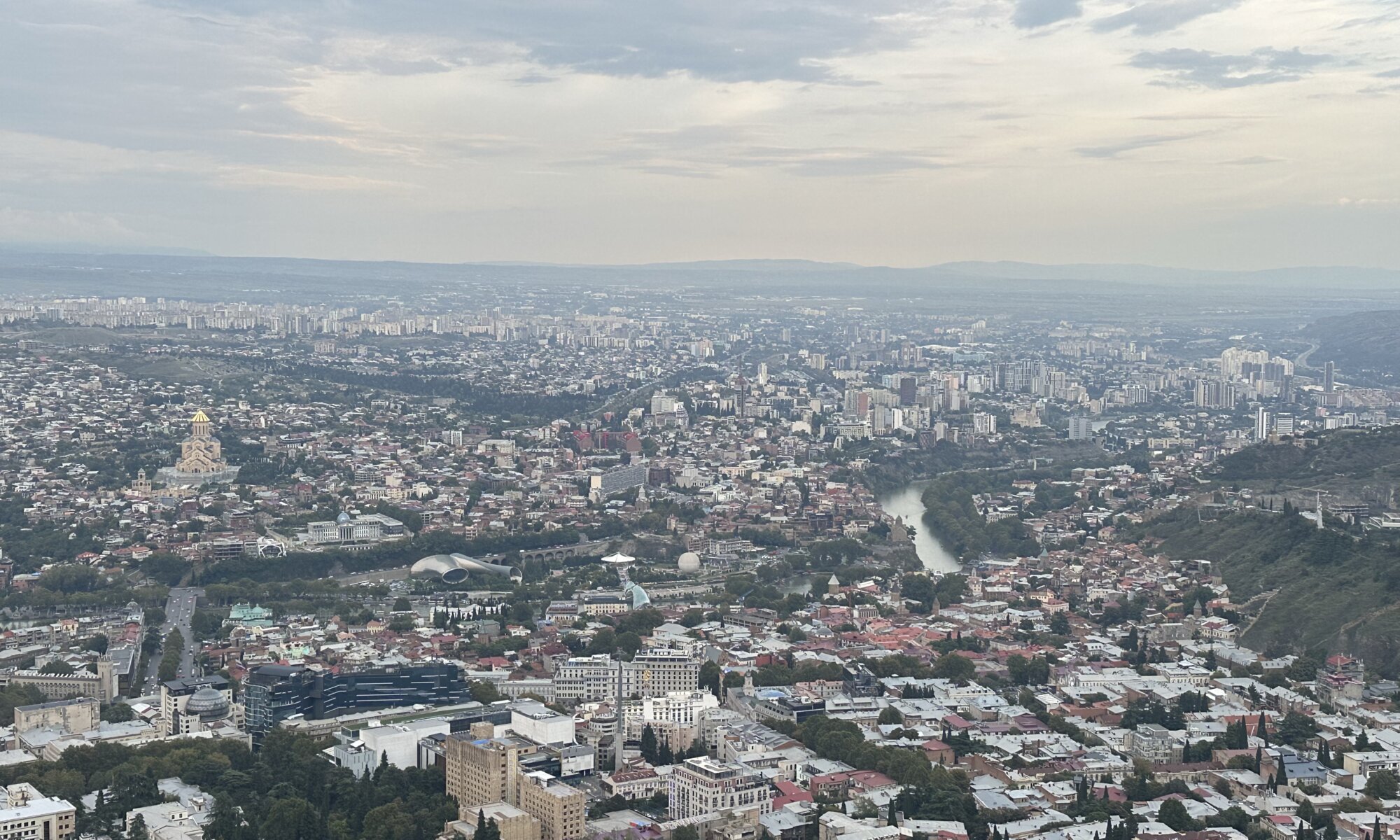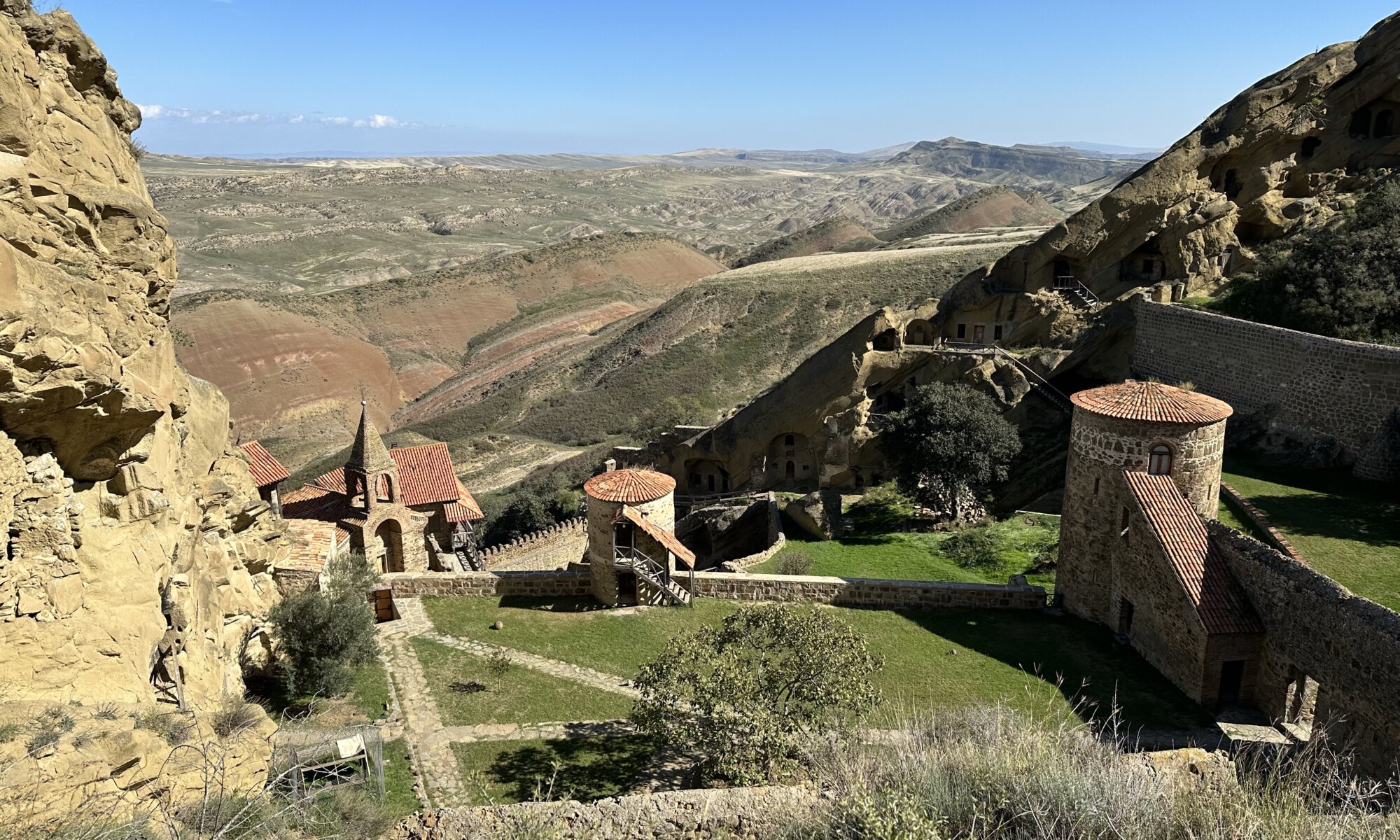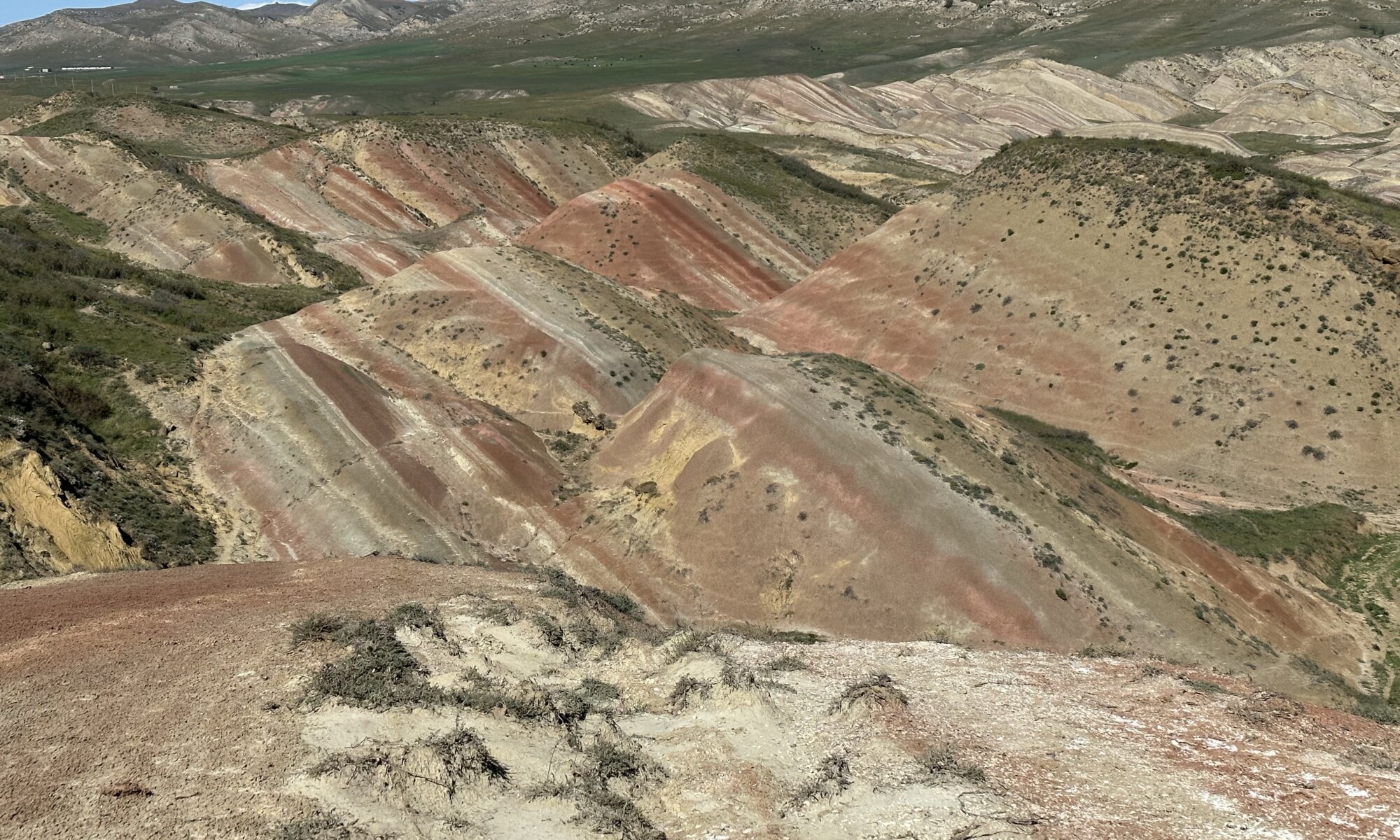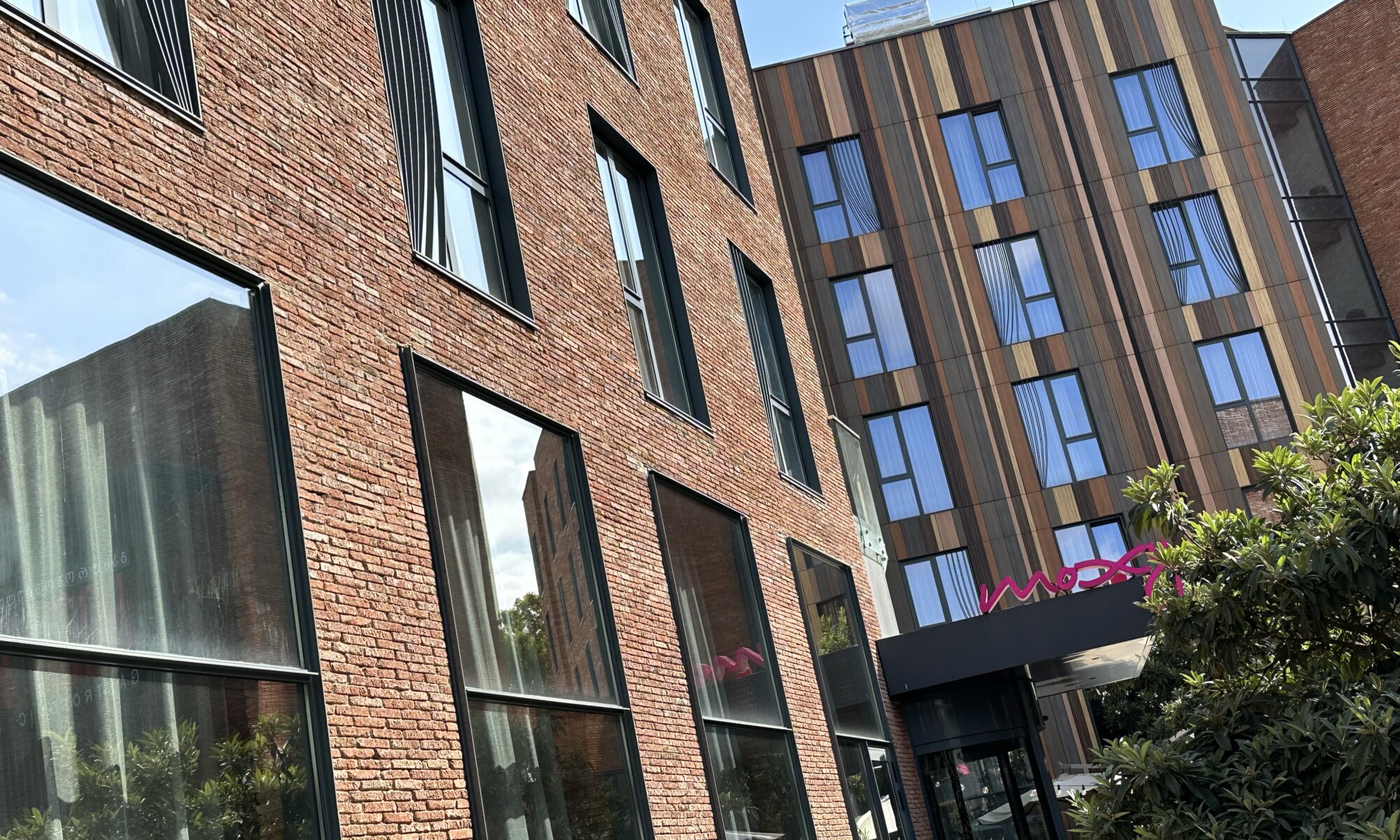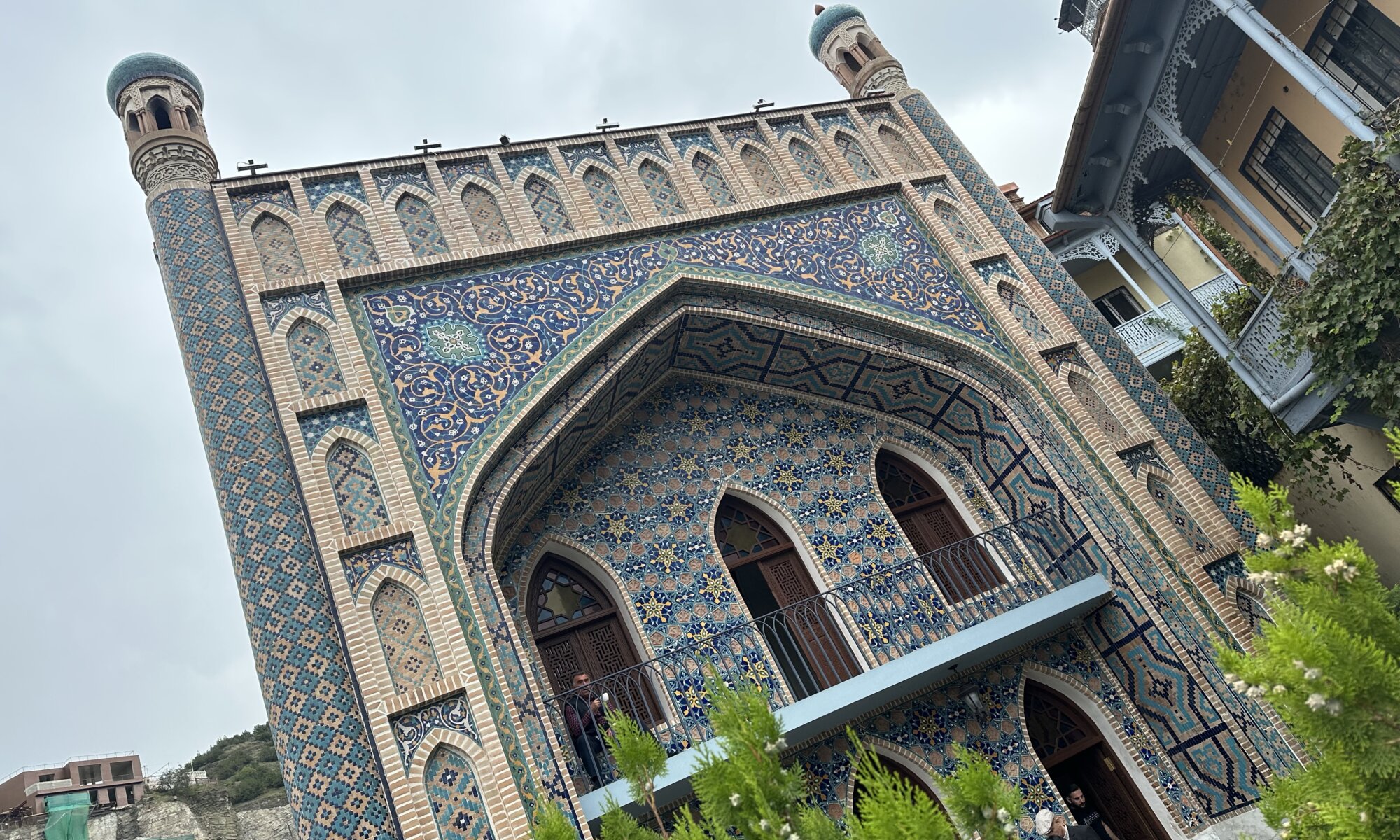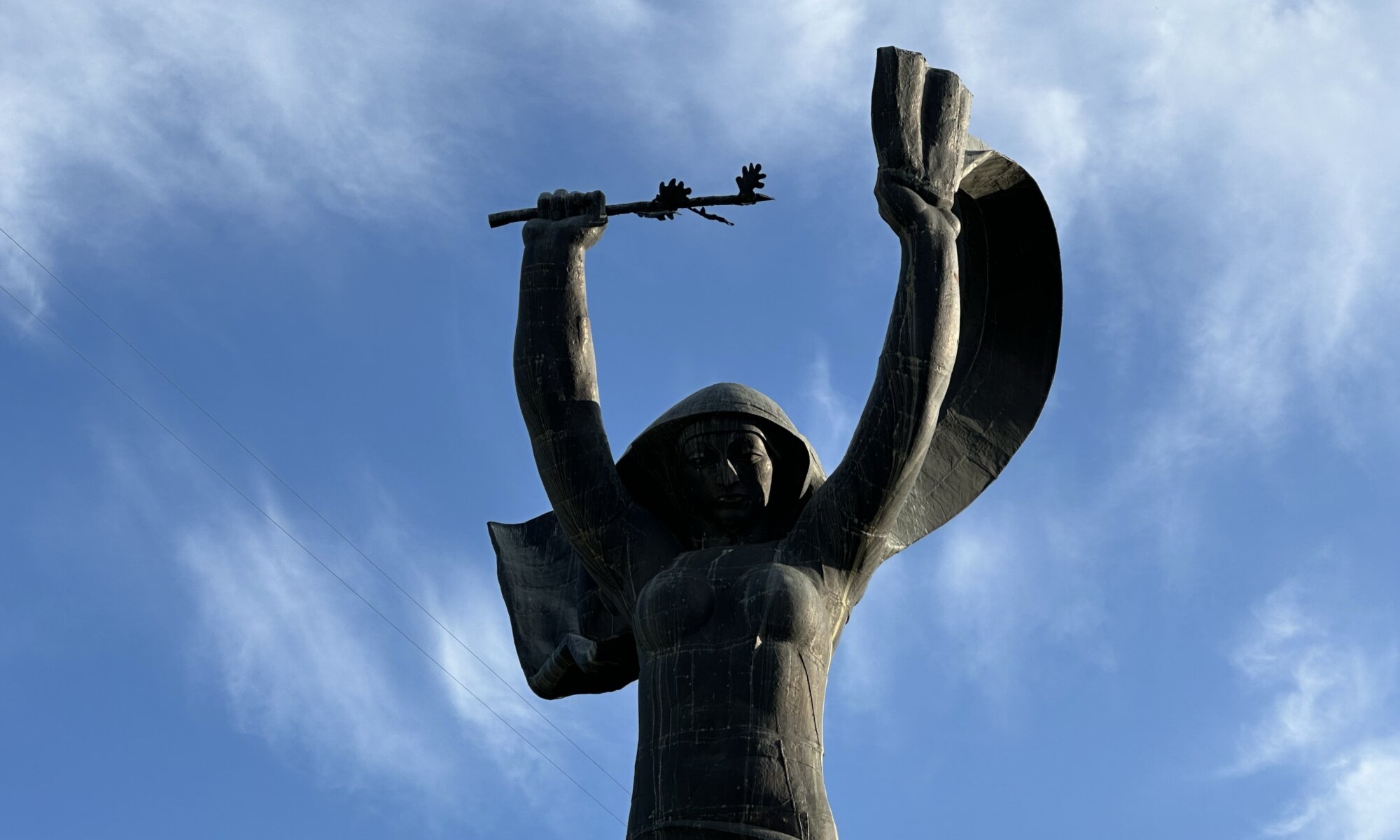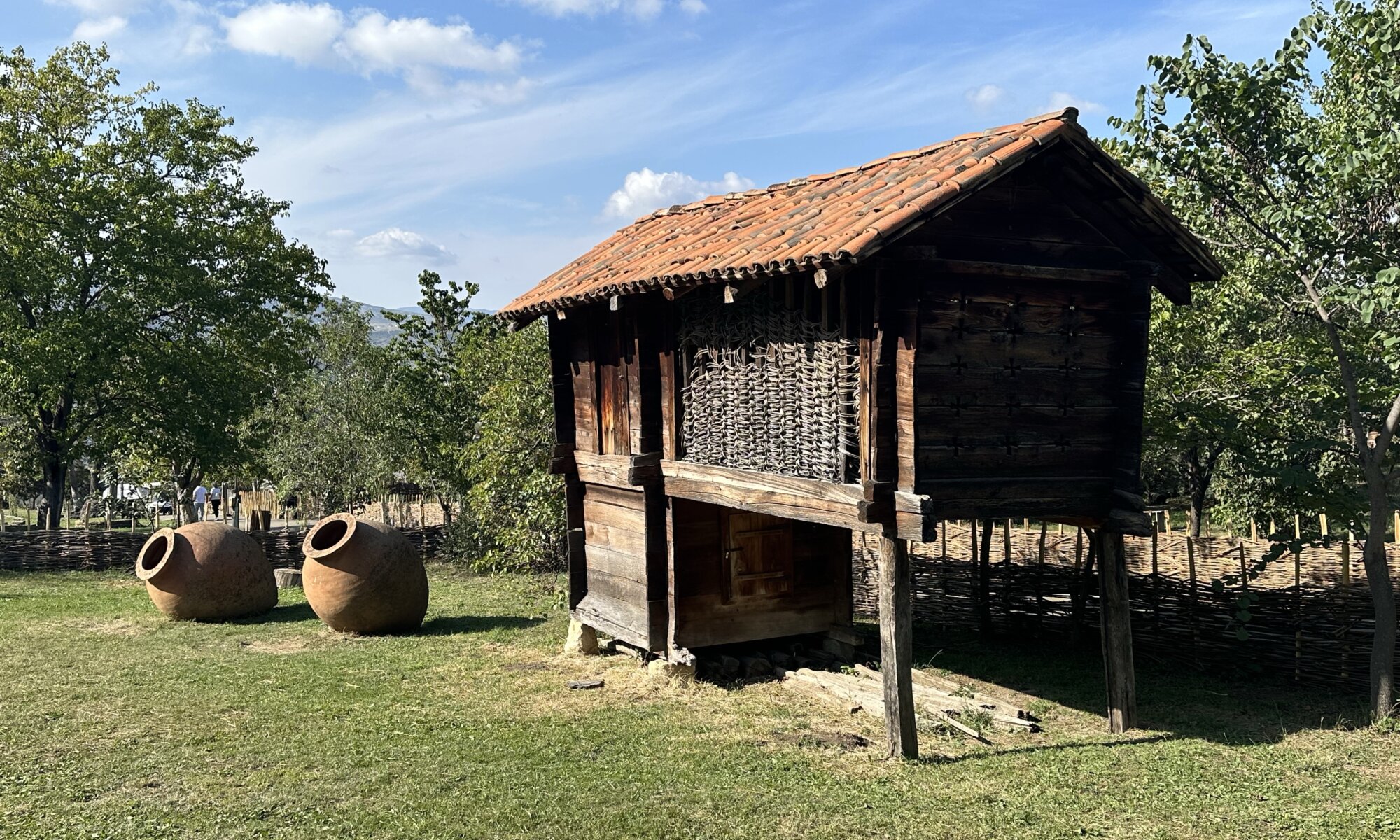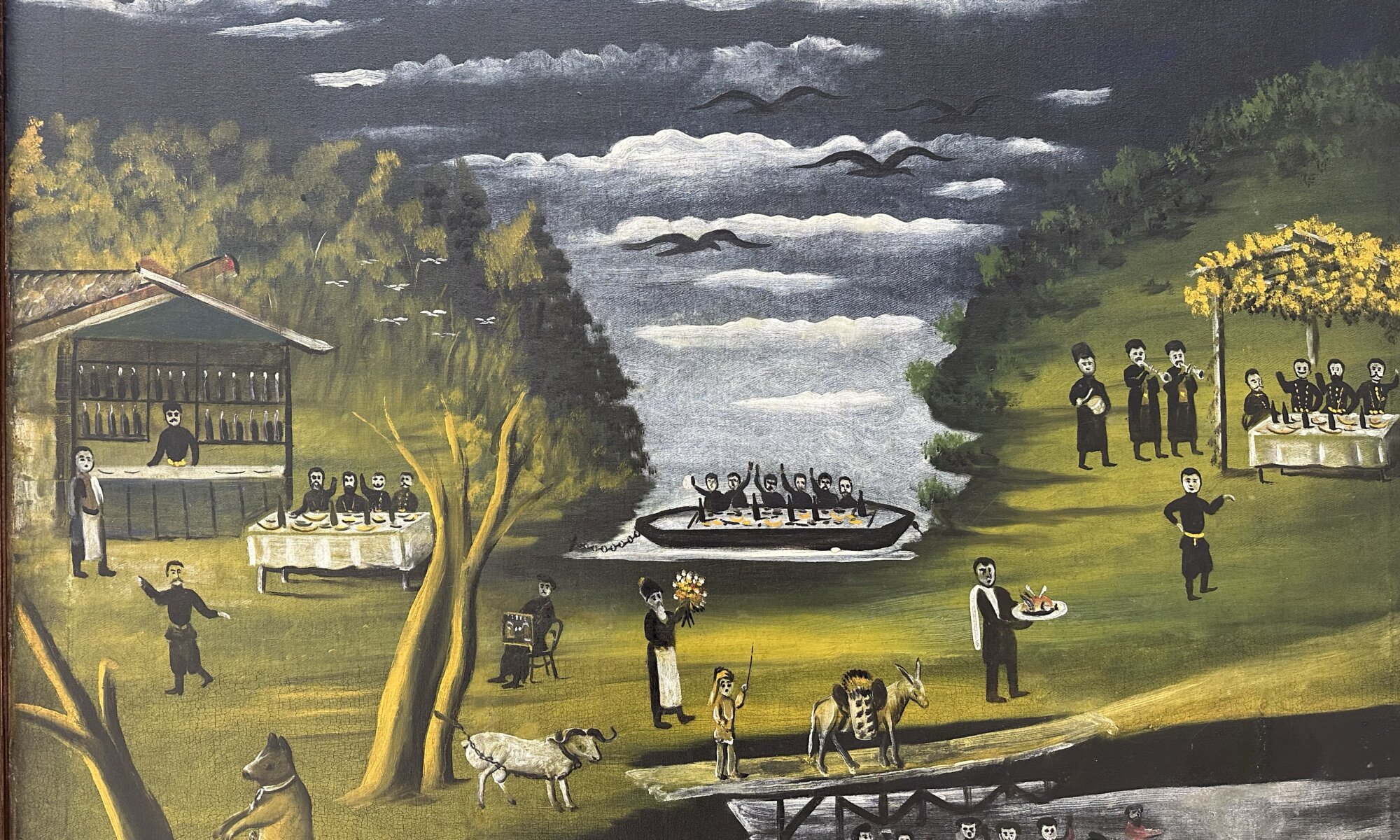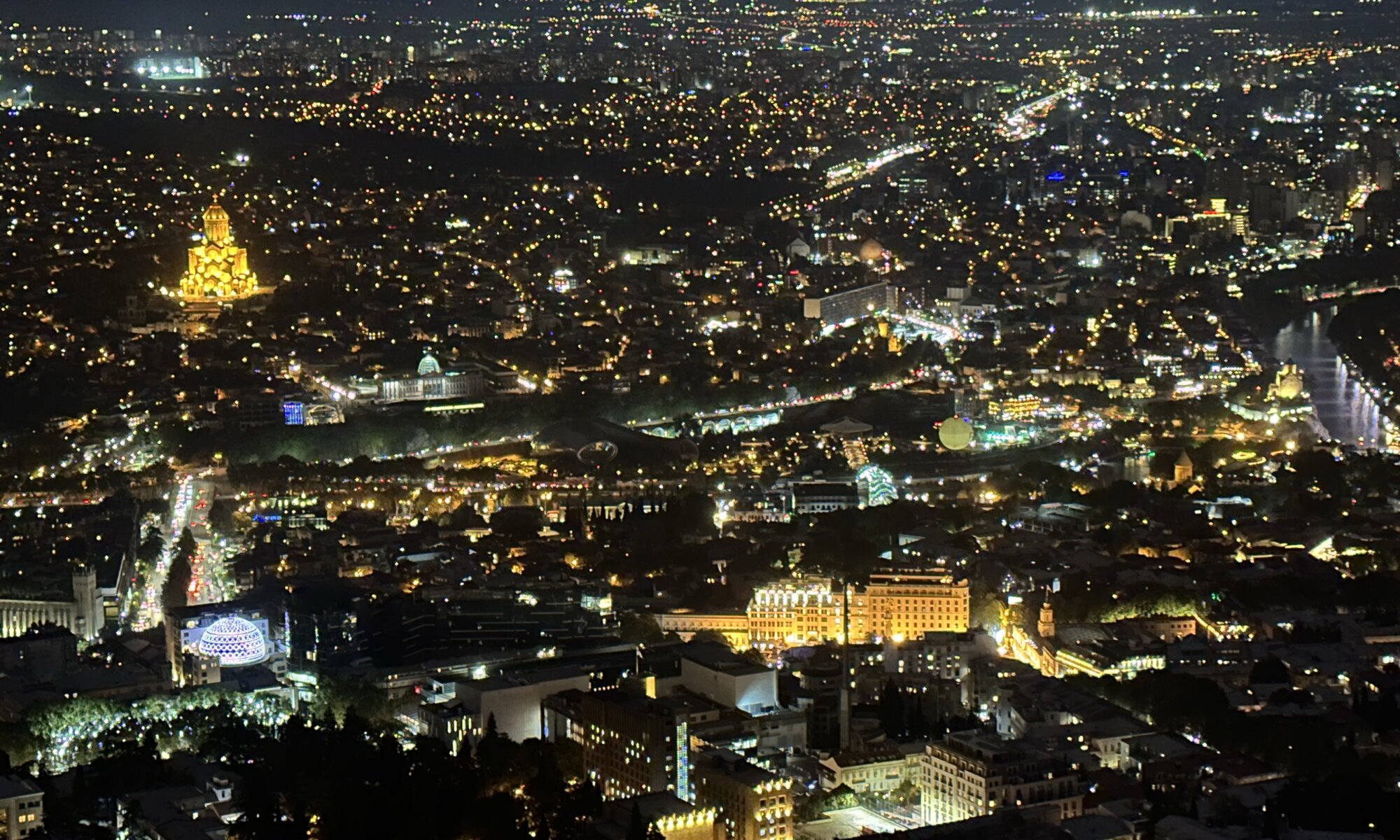It was 4 am when the lights of თბილისი appeared at the windows of the plane taking me to Georgia. A driver picked me up and drove me through the capital city that was still completely asleep. I dropped my bag at the hotel and sat in front in the dark, surrounded by stray dogs. A quick look at the watch: 5 pm, time for a coffee from one of the 24/7 shops and a walk through the empty streets to enjoy sunrise over the Mtkwari river.
Continue reading “Place of warmth”David Gareja
Directly at the border between Georgia and Azerbaijan you can find different orthodox monasteries dating back to the 6th century CE. While the archeological sites on Azeri land are unused, the David Gareja monastery in Georgia is still active and often visited by tourists. It is a a wonderful cloister built into the Udabno mountain in a beautiful scenery.
Continue reading “David Gareja”Rainbow mountains
If you decide to take a tour from თბილისი to the David Gareja monastery at the border to Azerbaijan than it will be probably offered together with a stop at the so-called rainbow mountains. They are actually directly in front of the monastery and not known by this name – but they’re nevertheless absolutely worth a visit.
Continue reading “Rainbow mountains”Saarbrücken square
If you’re in for some comfort and international atmosphere you should consider the Moxy hotel at the Saarbrücken square of თბილისი. It is located close to the Mtkwari river and after crossing it you already have reached the old town of თბილისი and Rustaveli avenue as well as the Orbelani square are rather close-by.
Continue reading “Saarbrücken square”Chreli Abano
One of the delights of a visit to თბილისი are the different sulphur spas that were formerly found throughout many parts of the city. Today you can find different of them at the bath district close to the city center, opposite to Metechi. The most famous nowadays is Chreli Abano, the luxurious one with the impressive facade giving it an oriental look.
Continue reading “Chreli Abano”Gamarjoba
West of the city center of თბილისი you can find Vake park, a large garden opened in 1946 to commemorate the victory in World War II. A long central axis leads you on red sand to the tomb of the unknown soldier surrounded by a mosaic of Georgian flags. Behind there is a water cascade that you can follow up to the central monument finished in 1981 by a Soviet sculptor.
Continue reading “Gamarjoba”Turtle lake
One of the recreation areas of თბილისი is the turtle lake, named because of the amount of turtles found there. It is located at a height of 686 meters above the city quarter Vake of თბილისი. The turtle lake is an artificial lake created from a small mountain river called Varazis-Khevi. It has a maximum depth of 2.6 meters and you can swim in it – but most people come here just for taking a walk around or having a coffee at its shore.
Continue reading “Turtle lake”Georgian architecture
The ethnographic open-air museum is located close to the turtle lake in a hill south of the city center of თბილისი. Since 1966 it collects, preserves and exhibits buildings from all regions of Georgia. This includes classic farm houses, a vineyard building, a church and a water mill.
Continue reading “Georgian architecture”National gallery
If you like to enjoy the artworks of local artists you shouldn’t miss the national gallery of თბილისი. It is located at the Rustaveli avenue and surrounded by the 9th April park (remembering the peaceful uprise in 1989). The gallery is a modern art exhibition hall that shows well-made exhibitions on two floors.
Continue reading “National gallery”Mtatsminda
The highest mountain of თბილისი is easy to spot: on top of the holy mountain (Mtatsminda) the TV tower with its special shape is located and it is illuminated at night. The 750 meters high mountain is holy because Davit came to Georgia in the 6th century CE to teach Christianity to the Georgians. He was living in a cave within the Mtatsminda and often went to the city to preach. Later the inhabitants turned against him and went to the David Gareji monastery until the end of his life.
Continue reading “Mtatsminda”